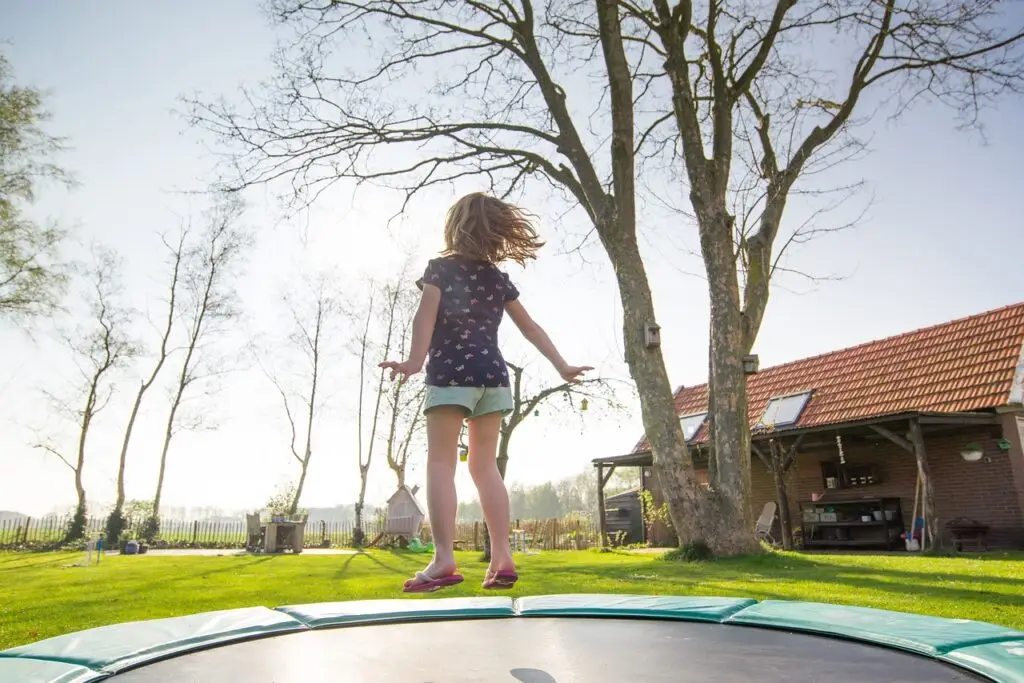Best Montessori Toys for Gross Motor Development -Release fun and growth
Beginning to develop your child’s gross motor skills can be a rewarding experience, especially with the proper resources. Montessori toys not only promote physical development but also stimulate creativity and problem-solving abilities. This comprehensive guide will review 7 stimulating Montessori toys carefully selected to foster your child’s gross motor development. Let’s get to it!

This post contains affiliate links (at no cost to you). Learn more
Let's Explore Each Toy:
Balance Beam
The balance beam is a classic Montessori toy designed to help children develop balance, coordination, and spatial awareness. Made of sturdy wood or other durable materials, the balance beam is typically elevated slightly off the ground, providing a safe yet challenging surface for children to walk, crawl, or even perform more advanced balancing maneuvers. As children navigate the length of the beam, they engage their core muscles, improve their posture, and enhance their sense of balance and proprioception. The balance beam encourages children to move deliberately and confidently, fostering both physical and cognitive development in a playful and stimulating environment.
Pikler Triangle
The Pikler triangle is a versatile climbing frame inspired by the work of pediatrician Dr. Emmi Pikler. Consisting of a sturdy wooden A-frame structure with rungs or bars of varying heights, the Pikler triangle offers endless opportunities for climbing, crawling, and exploration. Children can ascend the rungs, crawl through the openings, or even hang from the bars, developing strength, coordination, and spatial awareness in the process. The Pikler triangle encourages children to move at their own pace and explore their physical abilities in a safe and supportive environment, fostering independence, confidence, and a love for active play.
Large Building Blocks
Large building blocks are a staple of Montessori classrooms and playrooms, offering children endless opportunities for creative exploration and gross motor development. Made of lightweight yet durable materials such as wood or foam, these oversized blocks are easy for young children to grasp, stack, and manipulate. As children build structures with the blocks, they develop hand-eye coordination, spatial awareness, and muscle strength. By experimenting with different arrangements and designs, children also hone their problem-solving skills and foster their creativity. Large building blocks provide a versatile and open-ended play experience, encouraging children to explore their imaginations and develop essential skills through hands-on experimentation.
Pedal-Free Bike
A pedal-free bike, also known as a balance bike, stands out as an invaluable tool for promoting balance, coordination, and confidence. Children develop spatial awareness and motor skills while enjoying the thrill of movement.
The pedal-free bike encourages independence and self-reliance as children learn to control their speed and direction. With each ride, they gain a sense of accomplishment and empowerment, ready to embrace new challenges with enthusiasm.
Trampolines
Trampolines offer a dynamic and engaging way for kids to enhance their gross motor skills. Children build strength, stamina, and endurance as they bounce, engaging large muscle groups. The rhythmic movement also fosters balance, coordination, and agility. Beyond physical benefits, trampolines ignite imaginative play, transforming the bouncing experience into magical adventures. Whether bouncing solo or with family, these outdoor play structures contribute to bone strength and provide quality family bonding time. Remember to prioritize safety guidelines while enjoying this fun activity! 🌟🤸♂️
Jumping Rope
Jumping rope is a classic Montessori activity that offers a fun and effective way for children to develop gross motor skills, coordination, and cardiovascular fitness. Made of durable materials such as cotton or nylon rope with wooden or plastic handles, the jump rope is lightweight and easy for children to handle. As children swing the rope over their heads and jump over it with precise timing, they engage their leg muscles, improve their coordination, and enhance their cardiovascular health. Jumping rope can be enjoyed solo or with friends, making it a versatile activity that can be adapted to suit children of all ages and abilities. By encouraging rhythmic movement and coordination, jumping rope helps children develop agility, endurance, and a sense of rhythm while providing a fun and challenging outlet for physical activity.
